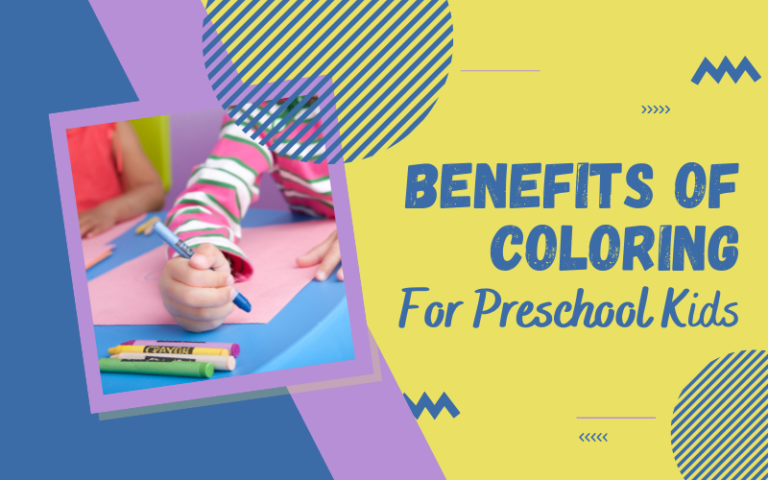Young children are usually drawn to so many different things during their preschool years and it seems that anything can be a toy. Once they start meeting other kids of their age they broaden their interests even further as it comes naturally in that tender age. New tools and objects fall into their hands both at home and daycare/preschool.
This leads to the earliest form of education an average child gets and they learn so much without ever knowing it. It does not feel like actively learning something and if you think about when you were little, you probably cannot recall feeling it like anything else other than fun.
One of the most favorite as well as common things children love to do is coloring. Not only do they enjoy it, but they actually ask for it on many occasions when they feel bored or when they miss it. So many things can be done with this simple activity to stimulate their growth and development, which is why it is the core component of their daily preschool routine.
In this article, we will talk about why coloring is so important for preschool child development and what their young minds get from it. To find out more about this as well as to find great coloring pages for the children in your life, make sure to check out 1001coloring.com.
1. Development of Fine Motor Skills
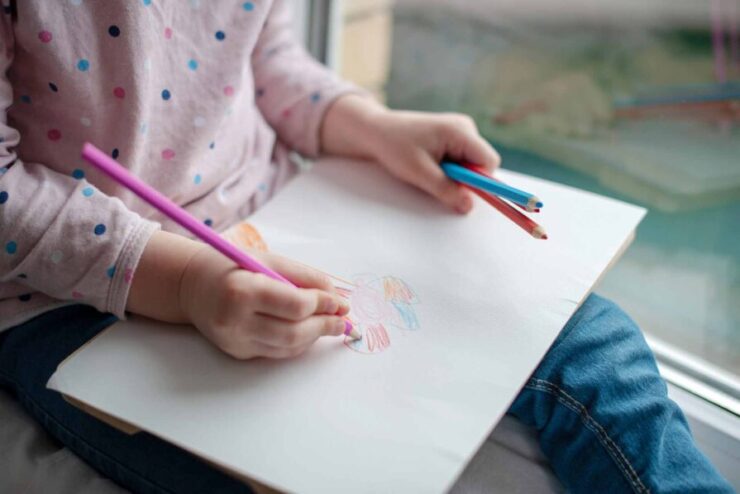
The fact that a child has to learn how to properly hold a coloring pen and how to apply it to a piece of paper means that they are learning so much through this simple motor skill. Stimulating the muscles in the fingers, hands, wrists, and arms is important for their later years and adulthood since they will be using them for their whole lives.
2. Concentration and Patience
Coloring a whole A4 format page that often has a somewhat complicated black and the white image takes time. Considering that this is a new activity for the kids, they will need between 10 and 20 minutes to complete it. What these further means is that they will start to learn about the patience and hard work needed to complete something. Concentrating while doing so will come naturally and it will help to develop good work habits in the meantime. This amount of focus on the lines and the spaces available translates to the real world and can improve the children’s own spatial awareness wherever they are.
3. Hand to Eye Coordination
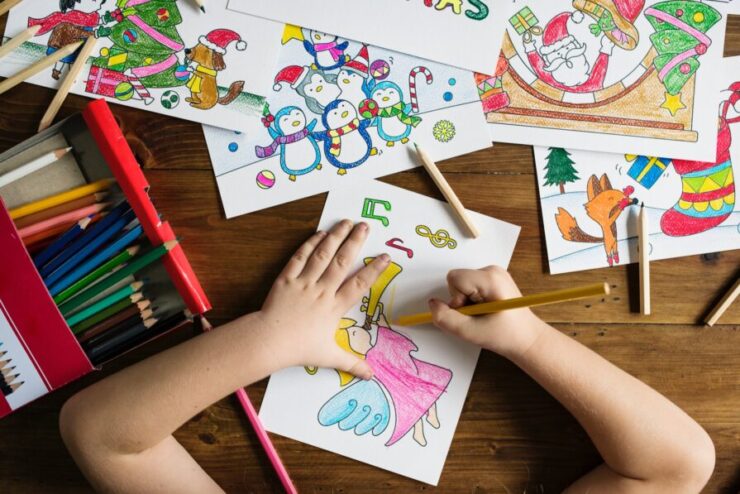
This is something that not all of the adults have nearly as much as they would like to. It can easily be tested if you ask somebody to throw something in a bin. If their judgment and estimation of the situation is way off and they make a bad, next to unbelievable miss, their hand to eye coordination may be less developed. While coloring, the eye and hand motions work together to complete a fine goal. The child will try not to color over the lines and focus on the specific area of the picture. Keeping within them will prove hard at the beginning but soon they will become masters at it. Later, this will help them with writing, sports, and a whole range of activities to come.
4. Color Recognition and Learning
Colors help us learn about the world and understand the different things in it. It is a complex system humans came up with thousands of years ago to make sense of the differences in nature, making up words and associating them to the things they see. It is important for a child to learn all the different colors and their light and dark shades early on as it helps stimulate the brain and prepares them for more complicated things down the line. Learning new words and associating them with their respective concepts helps with literacy, vocabulary, logic, and awareness.
5. Sense of Achievement and Pride
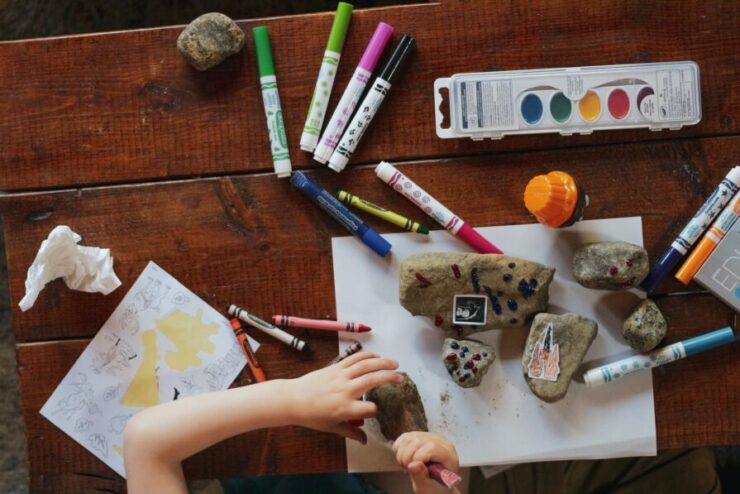
Once the child finishes with the coloring, they will feel special as they have just completed a difficult and challenging task. They will feel proud of their work and have a sense of accomplishment. With enough praise from the teachers and parents no matter how well they did, they will want to do it again and again and have a favorite new hobby that will help them learn and hold their attention for hours. The positive development of their personalities starts with such feelings and it should be nurtured.
6. Creativity and Artistic Sense
Letting the child pick their own colors is as important as telling them to use real-world colors they see around them. While it is important for them to know what colors things around them usually are, their artistic and creative sides should also come forth and they should be left to explore their imagination and think about the world with their young and fascinating minds. Do not be that strict about what colors they use especially when they have just started coloring. Encourage them instead and you will help them become more open and artistic people.
7. Getting Familiar with Writing Tools
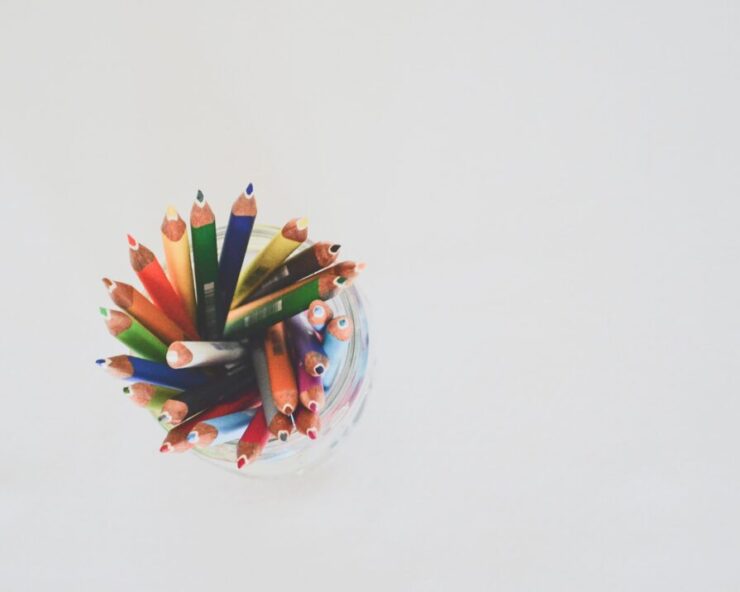
Holding the coloring pencils helps children get ready for the countless hours of writing that will soon come in their middle school and high school. Pencil grip is something that should be adopted early on and the children will each have their own variation of it. The important thing is that they have pencils at their disposal and that they do not shy away from coloring. The whole education that awaits them will benefit much more since their handwriting will be better and more readable. Lastly, the child who spends a lot of their time coloring will write quicker and hold their pen properly.
Conclusion and Takeaways
Obviously, coloring in the earliest years of child development and learning like preschool is invaluable to the mind and body of a child. Among the aforementioned seven things, you can easily realize just how important the simple act of coloring a few hours a day is for children. Therefore, go out there and get them some interesting coloring books with the themes and motifs they enjoy, and do not forget to mix in a few educational ones too!

